
My Opinion | Jun 21,2025
Aug 19 , 2023
By Mohamed A. El-Erian
The global economic picture is filled with anomalies. Japan's GDP is growing faster than China's, and the US's retail sales in July were double what was forecasted, even with significant rate hikes by the Fed. Despite its many rate hikes, the UK sees high inflation and wage growth, while countries like Brazil and Chile are cutting interest rates, observed Mohamed A. El-Erian, president of Queens’ College at the University of Cambridge.
With so many moving pieces, and under such unconventional conditions, navigating today’s global economic landscape would be challenging for anyone. But even if we cannot anticipate every contingency, we can understand quite a lot by assessing the US Federal Reserve’s prospects for engineering a soft economic landing in the near term.
The global economy this year is full of puzzling surprises. Japan’s GDP growth is surpassing that of China, and July retail sales in the United States were double the consensus forecast, despite the US Federal Reserve pursuing one of the most concentrated rate-hiking cycles in decades.
In the United Kingdom, wage growth has risen to an annualized rate of 7.8pc and core inflation has remained high, even after 14 consecutive rate hikes by the Bank of England (with more to come). Meanwhile, Brazil and Chile have both cut interest rates, diverging from market expectations that the Fed will keep rates high for a prolonged period.
These oddities are just a few of many, and the uncertain implications of significant structural shifts on the horizon add to the complexity. These include the necessary transition to zero-carbon energy, the artificial-intelligence revolution, and various other innovation-driven changes. Add geopolitical tensions and the retreat from economic and financial globalisation, and a wide range of potential scenarios opens up.
With so many moving pieces and under such unconventional (and, in many cases, unprecedented) conditions, navigating this landscape would be challenging. That is when I find it particularly useful to return to a simple analytical framework that I learned early in my career as an economist. It is an extreme version of a “reduced-form equation” that economists use to focus on just a handful of key factors for predicting outcomes.
These factors may not fully explain a phenomenon, but this strategy is better than relying on an impractically large and unwieldy set of factors.
In today’s context, my analytical approach poses a simple question: What single piece of information would be most valuable if I were stranded on a desert island for six months and wanted to understand what had happened to the global economy during that time?
Given the current state of affairs, I would primarily want to know how the US had managed its growth-inflation dynamics. Or, more to the point, I would want to know whether the Fed had achieved a “soft landing” (bringing inflation back down toward its target without causing a sharp increase in unemployment).
This information is crucial, because the global economy currently lacks alternative engines. After all, the growth challenges facing China, the UK, and the eurozone are not susceptible to quick policy fixes; a still-levered international financial system with high debt levels can ill afford another surge in US interest rates and strong dollar appreciation; Japan has yet to figure out how to exit its “yield-curve control” policy smoothly; and the global economy continues to suffer gradual fragmentation.
At first glance, the prospects for the Fed achieving a soft landing do appear promising. Inflation has receded from its peak of over nine percent last year to slightly above three percent, bringing it much closer to the two percent target. At the same time, household spending continues to drive economic growth, and corporate balance sheets are solid.
These conditions suggest that the US economy can absorb the cumulative impact of the Fed hiking rates by five percentage points, while also sidestepping the effects of faltering Chinese growth and Europe’s on-and-off flirtation with recession. But, as the economic historian Niall Ferguson recently pointed out, “managing monetary policy is not in the least like flying a plane.”
This simile seems especially applicable to the current Fed, for several reasons.
The Fed’s operating manual is outdated. Its “new monetary framework” is, in fact, suited for the prior decade of insufficient aggregate demand, rather than to this decade of insufficient aggregate supply. The Fed’s landing zone is questionable, because the inflation target it is pursuing may well be too low given current structural and secular realities.
With its excessive focus on immediate conditions, the Fed could end up neglecting the future wind patterns it will encounter as its altitude changes. It initiated its landing sequence late, following a long period in which it had mischaracterized inflation as “transitory” before finally implementing an intense cycle of rate hikes.
And, finally, it is unclear whether the Fed has learned enough from its forecasting and communication mistakes to make the necessary course corrections. Yes, the US economy has defied skeptics by maintaining robust growth above that of other major economies, and despite its notably higher interest rates and significant external headwinds.
But the continuation of this exceptional performance hinges on the Fed’s ability to establish a low and stable inflation rate without triggering a recession. This is a delicate balancing act, and whatever happens will significantly influence the rest of the global economy and how policymakers navigate today’s extraordinary uncertainty. My hope is that six months from now, we will celebrate the Fed’s success in achieving a soft landing and in positioning the US and the global economy to manage the exciting, but challenging, secular and strategic transitions ahead.
My fear, however, is that the process will be much more complicated than many economic and market analysts expect, casting a once-avoidable shadow over one of the few bright spots in the global economy.
PUBLISHED ON
Aug 19,2023 [ VOL
24 , NO
1216]
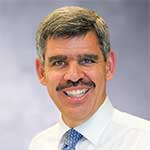

My Opinion | Jun 21,2025

Viewpoints | Apr 10,2021
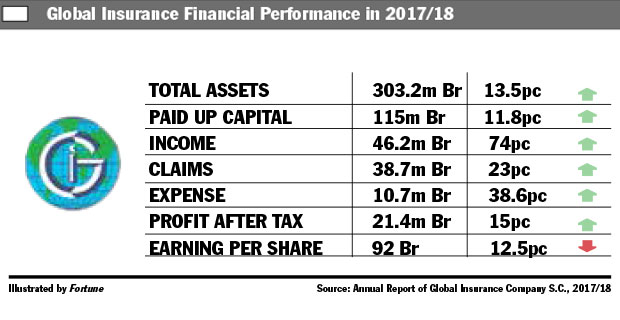
Fortune News | Aug 31,2020

Viewpoints | Sep 18,2021

Fortune News | Nov 03,2024

Fortune News | Nov 19,2022

Viewpoints | Apr 06,2024

My Opinion | Mar 18,2023
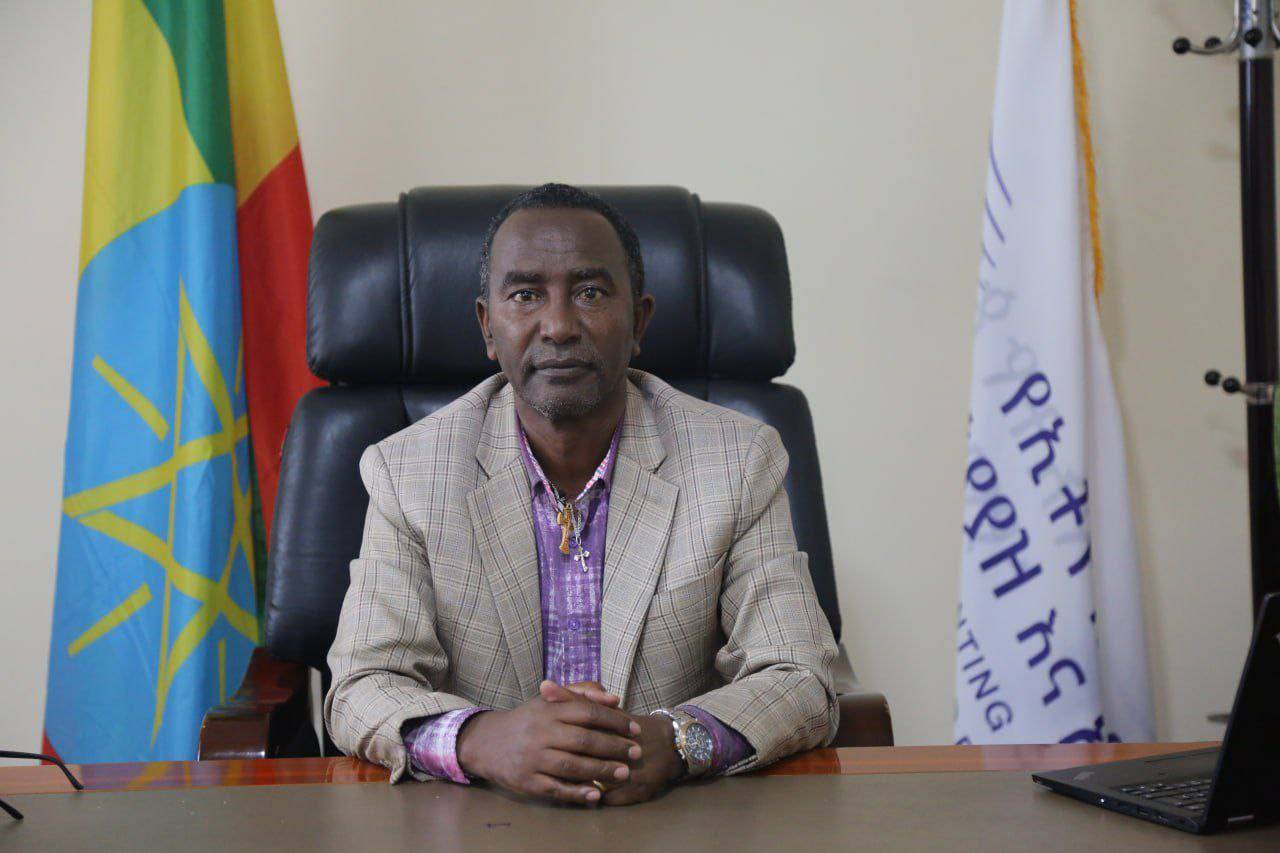
Fortune News | Sep 21,2025

Commentaries | Apr 19,2025

Photo Gallery | 176321 Views | May 06,2019

Photo Gallery | 166538 Views | Apr 26,2019

Photo Gallery | 157024 Views | Oct 06,2021

My Opinion | 136902 Views | Aug 14,2021

Dec 22 , 2024 . By TIZITA SHEWAFERAW
Charged with transforming colossal state-owned enterprises into modern and competitiv...

Aug 18 , 2024 . By AKSAH ITALO
Although predictable Yonas Zerihun's job in the ride-hailing service is not immune to...

Jul 28 , 2024 . By TIZITA SHEWAFERAW
Unhabitual, perhaps too many, Samuel Gebreyohannes, 38, used to occasionally enjoy a couple of beers at breakfast. However, he recently swit...

Jul 13 , 2024 . By AKSAH ITALO
Investors who rely on tractors, trucks, and field vehicles for commuting, transporting commodities, and f...
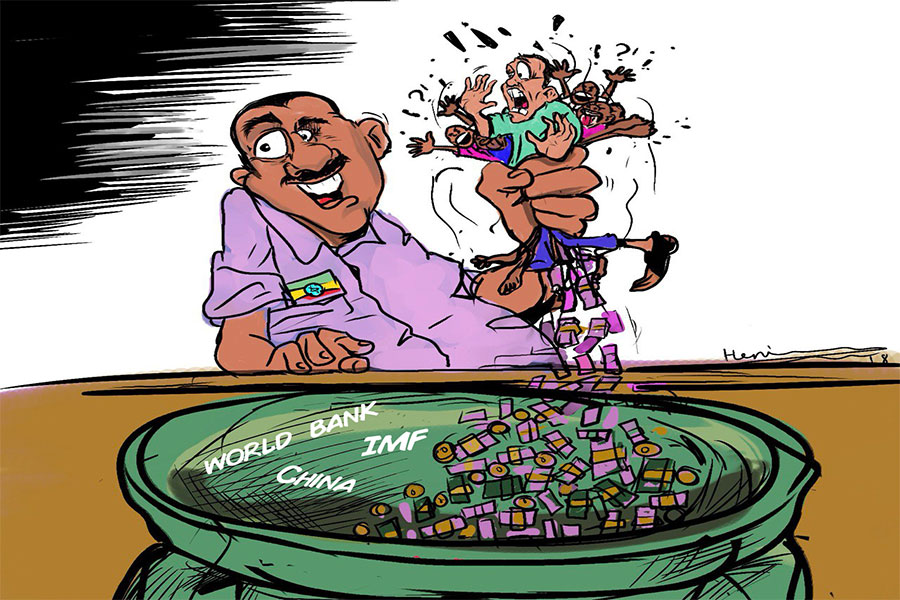
Oct 18 , 2025
The political establishment, notably the ruling party and its top brass, has become p...

Oct 11 , 2025
Ladislas Farago, a roving Associated Press (AP) correspondent, arrived in Ethiopia in...
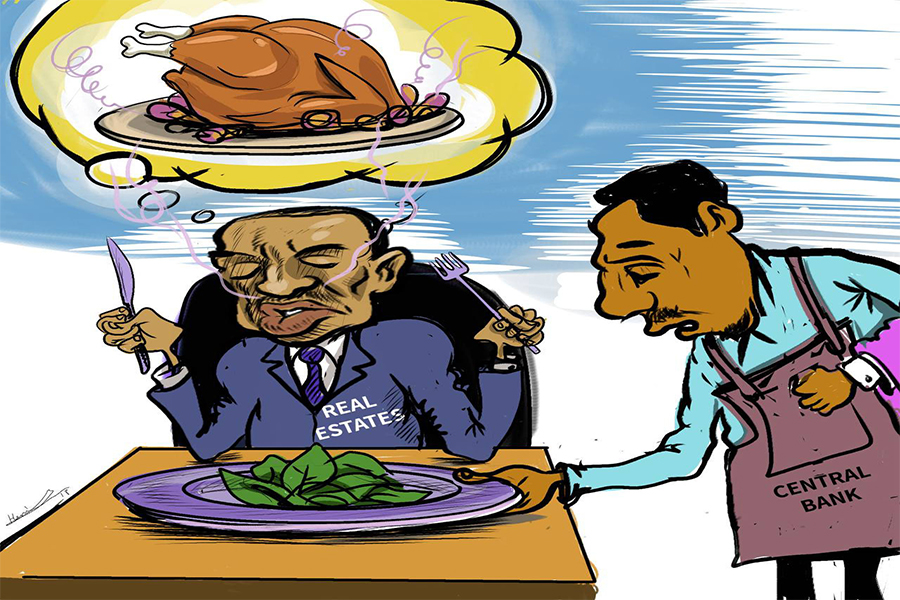
Oct 4 , 2025
Eyob Tekalegn (PhD) had been in the Governor's chair for only weeks when, on Septembe...
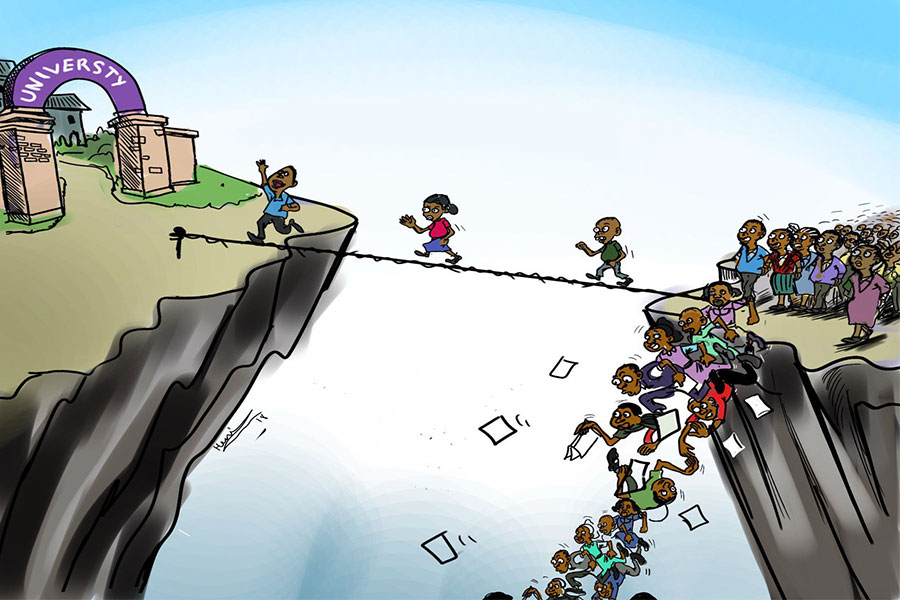
Sep 27 , 2025
Four years into an experiment with “shock therapy” in education, the national moo...

Oct 18 , 2025 . By NAHOM AYELE
In a sweeping reform that upends nearly a decade of uniform health insurance contribu...

A bill that could transform the nutritional state sits in a limbo, even as the countr...

Oct 18 , 2025 . By SURAFEL MULUGETA
A long-planned directive to curb carbon emissions from fossil-fuel-powered vehicles h...

Oct 18 , 2025 . By BEZAWIT HULUAGER
Transaction advisors working with companies that hold over a quarter of a billion Bir...